The American War of Independence and the Victorian Age
The American War of Independence, wars with France, the Victorian Age, the growth of the British Empire, industrial progress, and the Crimean War.
The American War of Independence
By the 1760s, Britain had large and wealthy colonies in North America. These colonies mostly governed themselves. Many colonists had moved there seeking religious freedom. They were well educated and cared deeply about liberty.
The British government wanted to tax the colonies, but the colonists believed this threatened their freedom. They argued for “no taxation without representation” in the British Parliament. Parliament tried to compromise by removing some taxes, but relations worsened.
Fighting broke out between British troops and colonists. In 1776, 13 American colonies declared independence, saying that people had the right to form their own governments. The colonists defeated the British army, and in 1783, Britain officially recognised American independence.
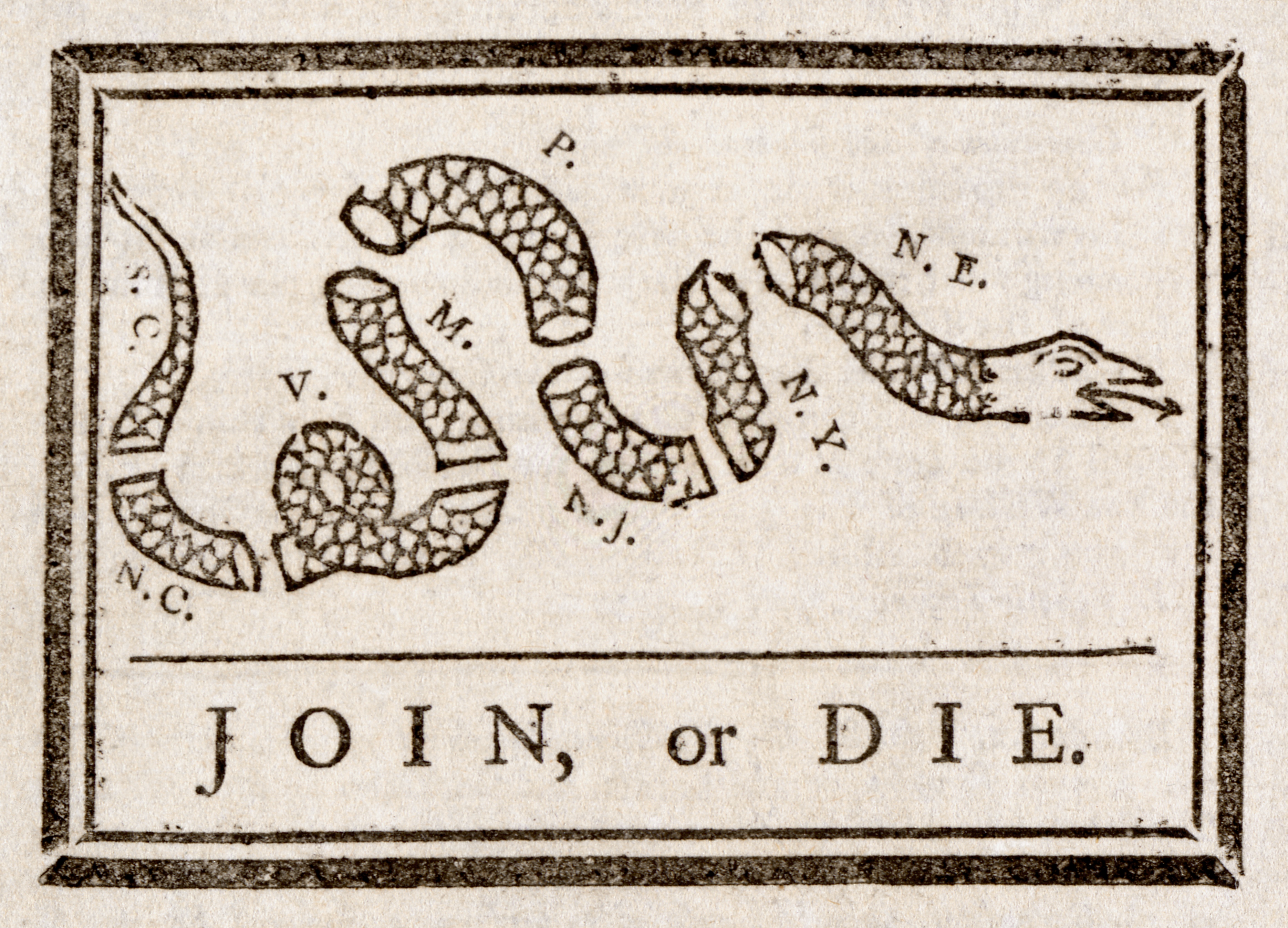
War with France
During the 18th century, Britain fought several wars with France. In 1789, the French Revolution began, and the new French government soon declared war on Britain. Napoleon Bonaparte, who became Emperor of France, continued the conflict.
In 1805, Britain’s navy, led by Admiral Nelson, won the Battle of Trafalgar against the combined French and Spanish fleets. Nelson was killed in the battle. Nelson’s Column in Trafalgar Square, London, honours him, and his ship, HMS Victory, can still be visited in Portsmouth.

The British army also fought France on land. In 1815, Napoleon was finally defeated by the Duke of Wellington at the Battle of Waterloo. Wellington, known as the Iron Duke, later became Prime Minister.
The Victorian Age
In 1837, Queen Victoria became queen at the age of 18. She ruled until 1901, almost 64 years. This period is called the Victorian Age. Britain grew in power and influence around the world. Inside the country, the middle classes became more important, and reformers worked to improve life for the poor.
The British Empire
During Queen Victoria’s reign, the British Empire expanded across India, Australia, and large parts of Africa. It became the largest empire in history, ruling over more than 400 million people.
Between 1853 and 1913, about 13 million British people moved abroad. At the same time, others came to Britain. Between 1870 and 1914, around 120,000 Russian and Polish Jews arrived to escape persecution. Many settled in London’s East End, Manchester, and Leeds. People from the Empire, including India and Africa, also came to Britain to live, work, and study.
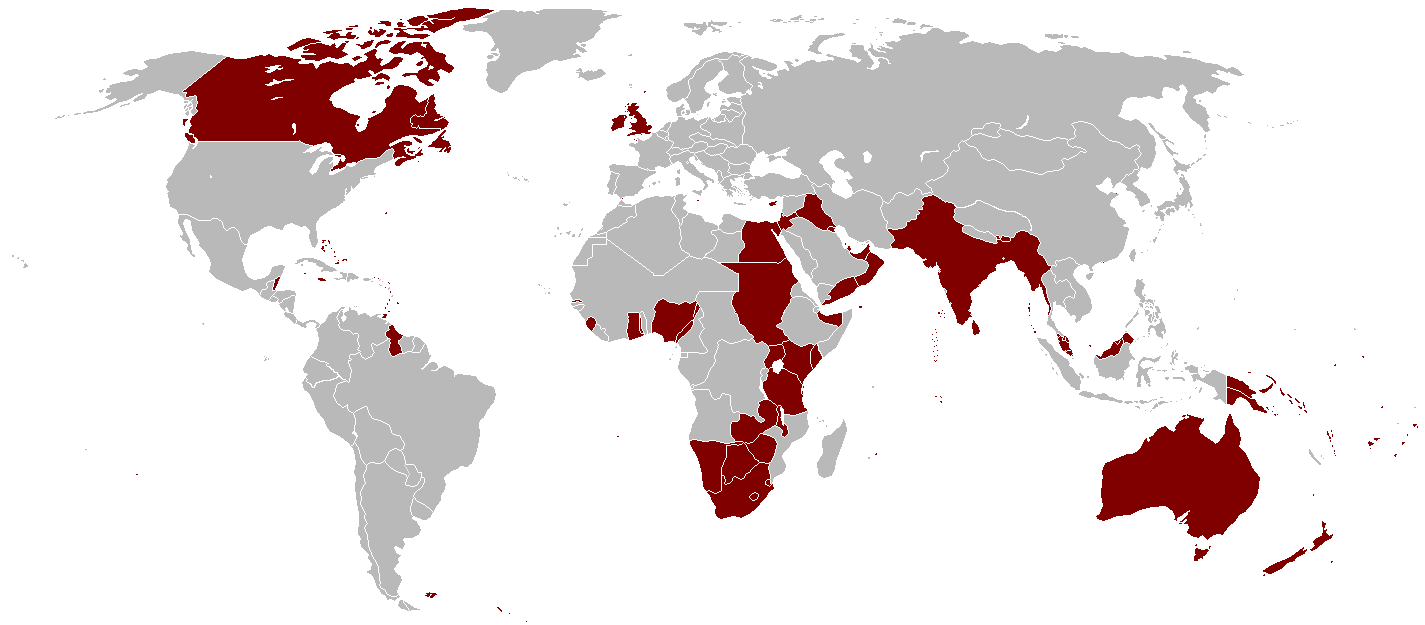
Trade and Industry
Britain remained a strong trading nation. The government supported free trade, removing taxes on imports. One example was the repeal of the Corn Laws in 1846, which allowed cheap grain to be imported. This helped British industry grow by reducing costs for raw materials.
Working conditions improved slowly. In 1847, the law limited women and children to 10 working hours per day. Better housing was also built for workers.
Transport developed quickly. George and Robert Stephenson pioneered the railway engine, and railways spread across Britain and the Empire. Isambard Kingdom Brunel built bridges and designed the Great Western Railway from London Paddington to Wales and the West Midlands.
By the mid-19th century, Britain produced over half of the world’s iron, coal, and cotton cloth, and became a major financial centre.
In 1851, the Great Exhibition was held in Hyde Park, inside the Crystal Palace, made of iron and glass. It showcased inventions and goods from around the world—most of them made in Britain.
Isambard Kingdom Brunel (1806–1859)
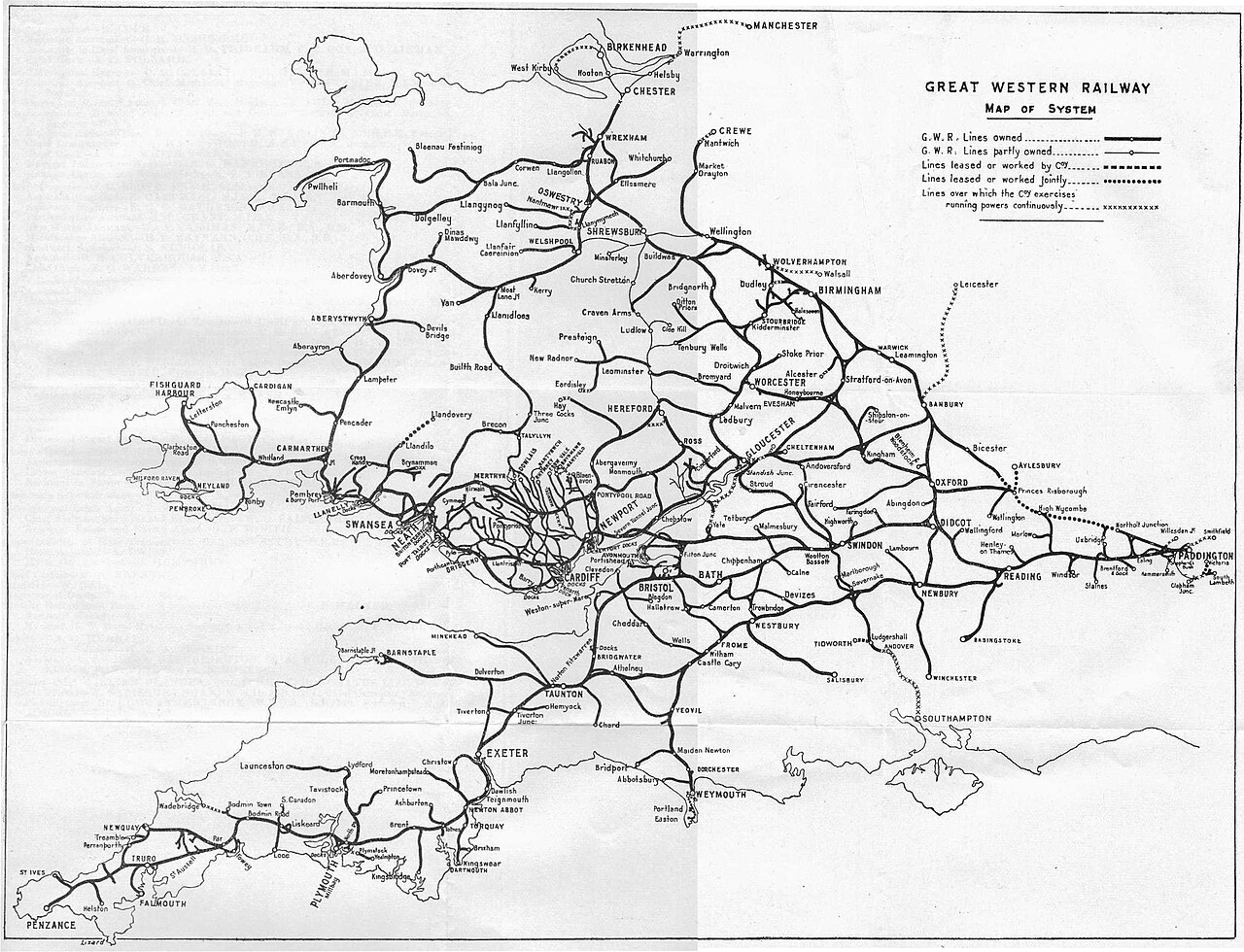
The Crimean War (1853–1856)
From 1853 to 1856, Britain fought alongside Turkey and France against Russia in the Crimean War. It was the first war widely covered by newspapers and photographs.
Conditions were terrible, and many soldiers died from disease rather than injuries. During this war, Queen Victoria created the Victoria Cross, a medal that honours acts of bravery by soldiers.
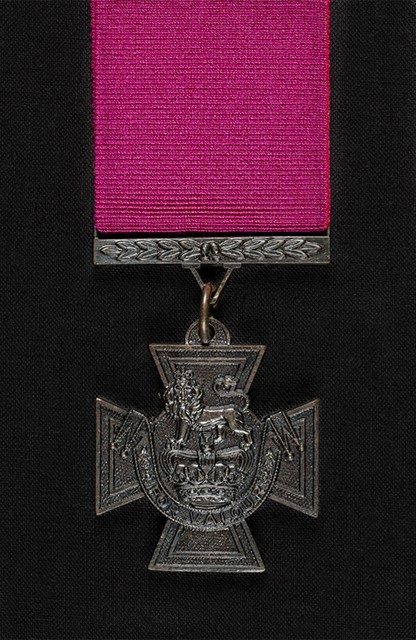
Florence Nightingale (1820–1910)
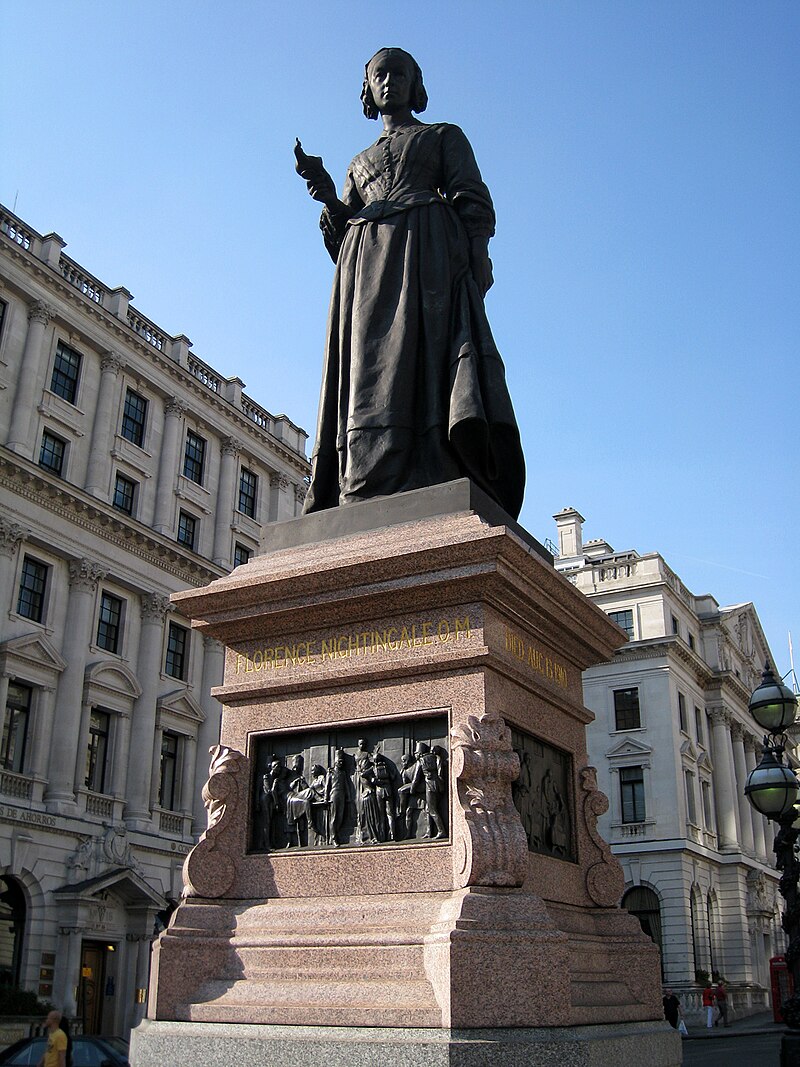
Key Points
- British colonies in North America sought independence in 1776.
- Britain fought France repeatedly in the 18th and early 19th centuries.
- Admiral Nelson died at the Battle of Trafalgar (1805).
- Napoleon was defeated by the Duke of Wellington at Waterloo (1815).
- Queen Victoria reigned from 1837 to 1901, marking the Victorian Age.
- The British Empire expanded to India, Australia, and Africa.
- Millions migrated both from and to Britain between 1853 and 1914.
- The Corn Laws were repealed in 1846, promoting free trade.
- Factory reforms improved working hours and housing.
- Railways and engineering flourished under Stephenson and Brunel.
- The Great Exhibition (1851) showcased British industrial power.
- Britain dominated global trade and industry in the 19th century.
- The Crimean War (1853–1856) was fought against Russia.
- The Victoria Cross medal was introduced for bravery.